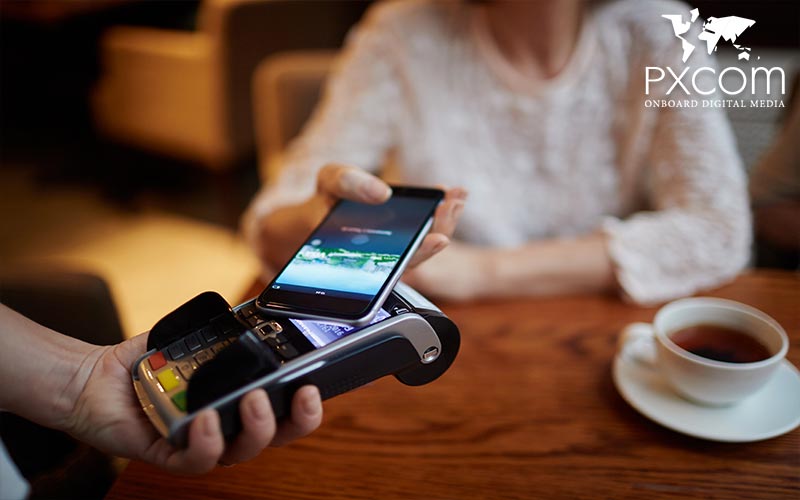Tourism: mobile payment revolution
In August, KLM announced a possibility to purchase your airline ticket with WeChat Pay.
This major company comes along the many other tourism players, who widen their accepted means of payment. A small revolution has hustled our way of settling purchases for a couple of years now. We can mention for example Apple Pay, Android Pay, WeChat Pay… which upsets our everyday life. The consumer habits change always faster and the user experience brought by this new system reconciles consumers with their banks. Set as one of the major revolutions of the next years in our everyday life, the mobile payment is settling down gradually.
Since the credit card creation, means of payment lacked major improvement. Thanks to mobile, they take a new breath which opens new benefits for the tourism stakeholders. Like any revolution, a wide adoption can take some time, but this one is fueled by the smartphone which has become the main tourist’s personal assistant. For the industry players, this involves a new way to get a competitive advantage by simplifying the travelers’ purchases fitting directly to their consumption habits.
Moreover, this technical revolution contains dramatic enhancement prospective and promises to be quickly an inescapable means of payment.
Apple Pay: the most efficient system
The firm of Cupertino quickly understood all the potential represented by this new market. Mobile payment meets perfectly their strategy to turn the users always more dependent on their device. With Apple Pay, you can save your credit card in your Wallet apps and use only the phone to purchase without limit amount. The validation by the touch ID offer a very secure and fast payment. Apple Pay runs with the NFC technology. it’s seams to suppose that the seller must have a specific equipment.

You can also save several credit cards, and use the one of your choice and also buy on website with you finger print. It’s really simple and efficient because you do not have to bring out any more your card and enter all the codes every time.
Google has also launched a similar system for Android who is called Google Wallet.
WeChat Pay: Chinese tourists
Used by an average of 846 million of Chinese people in their everyday life, WeChat includes now the possibility to pay many things through QR code. Some tourism-related brands such as Disneyland or Le Louvre have even created specific websites for Chinese people who can paying online with WeChat Pay and pick up their command in store. Besides them, more and more fashion brands like Louis Vuitton, Dior or Hugo Boss, have invested in WeChat store to reach directly millennials from China. And it works perfectly!
For sure, this investment is very targeted because it’s used only by the Chinese people. However, brands who embrace WeChat Pay have the insurance to engage this sought-after target.
Which impact for the tourism industry?
Mobile is everywhere. Tourists use their own device during the travel and at destination (94% are equipped with a smartphone in 2015 from APEA). And their use it massively during their travel as well as once at destination. They expect in particular to find their daily services during their journey as a daily connection in internet, receive personalized offers and now, also to be able to pay seamlessly their purchases. Mobile payment is definitely an advantage that can make difference to choose your activity or property. The professionals having this type of material remains marginal, hence, it’s the entire ecosystem that must adapt quickly to these new expectations in order to satisfy more consumers and attract more tourists.






